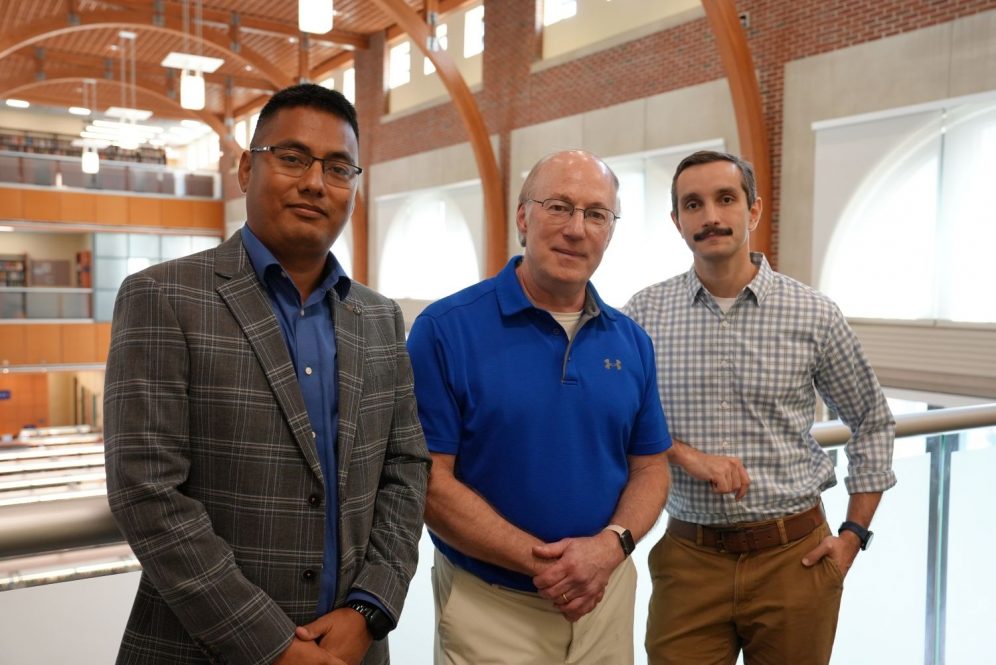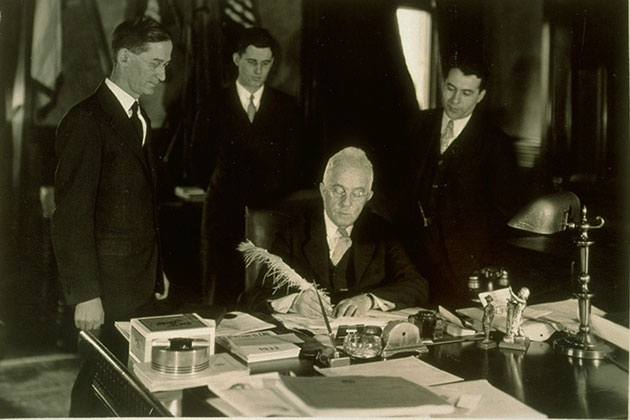In honor of World AIDS Day on December 1, 2024, UConn Today is highlighting work from researchers in the Department of Allied Health Sciences who are playing a role in this continuing effort close to home and across the globe.
AIDS was first diagnosed in 1981. Until the end of the 20th century, there was little understanding of how HIV, the virus that causes AIDS, spread or how to treat it.
Thankfully, there are now effective treatments for those living with HIV and medical advancements to test for and prevent its contraction. But there is still much work to make sure the people who need these technologies can access them.
Researchers in the Department of Allied Health Sciences in the College of Agriculture, Health and Natural Resources (CAHNR) are playing a role in this continuing effort close to home and across the globe.
The researchers specializing in HIV research form a close group within the department, collaborating often.
“Sharing knowledge and exchanging ideas has been immensely helpful. Especially, being mentored by senior faculty members has also been incredibly valuable,” says Roman Shrestha, assistant professor of allied health sciences.
Global Reach
Historically, LGBTQ+ people have been one of the groups most at risk for contracting HIV. Many interventions today continue to target this vulnerable population.
Shrestha has been making strides in HIV research in Malaysia and Nepal among at-risk groups including gay, bisexual, and other men who have sex with men and transgender women.
Interventions target spreading information about HIV and safe sex practices like using condoms during sex and taking PrEP (pre-exposure prophylaxis), a medication that protects a person from contracting HIV.
Shrestha incorporates modern digital technologies into HIV prevention interventions that use smartphone apps and wearables to make these interventions more effective.
Recently, Shrestha has been studying a phenomenon known as “chemsex” in Malaysia wherein people intentionally use psychoactive substances before and during sex, which elevates the risk of HIV and other health issues. Shrestha’s work connects people engaging in chemsex with resources like HIV testing, same-day PrEP delivery, and information about drug safety in real time.
Pablo Kokay Valente, assistant professor, has worked in another corner of the world, Brazil, conducting studies that expand access to HIV treatment and preventative services.
Valente went to medical school in Brazil. During his residency, he noticed many patients coming in with HIV and HIV complications even though effective treatments and preventative technologies have existed for decades.
“That’s what brought me to public health, trying to understand the systemic factors that prevent people from accessing things that are already out there,” Valente says.
Local Impacts
Research in the Department also focuses on at-risk communities within the U.S.
Michael Copenhaver works with communities right here in Connecticut.
Copenhaver has been working on HIV research since he was a postdoctoral researcher at Yale University in 1999. Since then, he has focused much of his work on high-risk populations including people who use drugs, in Connecticut cities. Copenhaver’s research has brought in over $16 million in funding to the University.
Copenhaver has adapted intervention strategies designed for people with cognitive impairments that affect their memory, like Alzheimer’s or traumatic brain injuries, for HIV interventions with this population which also suffers from cognitive impairment.
Copenhaver is now using fMRI data to look at how study participants’ brains function while participating in the intervention trial.
“In behavioral research, a lot of times you have to fill in the blanks. This will help inform next steps because it gives us more information than just which participants do better without knowing why,” Copenhaver says. “This will be a tremendous advantage to look at intervention outcomes from multiple angles so we can make improvements going forward.”
Valente, who is part of UConn Waterbury’s growing health research community, has also worked with U.S. populations including a recent study demonstrating the significant relationship between sociobehavioral risk factors, like mental illness or substance use, and HIV risk for LGBTQ+ teens.
Valente has also conducted a survey of young men in the U.S. who have sex with men to determine which form of PrEP they would prefer to take, comparing the available daily oral pill to forms in development, with an eye toward addressing existing racial inequality in access to PrEP.
Valente is currently developing a web-based decision-making tool for HIV interventions through an internal grant from the Office of the Vice President for Research. There is an array of interventions available nowadays including PrEP’s pill form, a long-lasting injection, condoms, and behavioral strategies. Valente is working with medical practitioners and potential patients, namely sexual and gender minority youth, to develop a tool that aligns available interventions with patients’ lifestyle and values.
“We need to meet people where they are,” Valente says. “For people to follow through and adhere to an intervention, we need to make sure that intervention meets their needs and their values and that’s what we’re trying to do.”

